



Cell phone soc chip function
In today's digital era, cell phones have become an indispensable part of people's lives. The cell phone SoC chip, as the core brain of the cell phone, determines the performance, functionality and user experience of the cell phone. It integrates a variety of functional modules, like a miniature supercomputer, working together to provide powerful power support for the phone. Next, we will introduce the main functions of cell phone SoC chips in detail.
Computing function
The central processing unit (CPU) in the cell phone SoC chip is the core of its computing function, and the CPU is responsible for executing various instructions and tasks, and handling the operation logic of the cell phone system and applications. It can quickly perform arithmetic and logical operations as well as store and read data. When using a cell phone in daily life, whether it is opening an application, browsing the web, editing a document, or multitasking, the CPU works silently behind the scenes to ensure that these operations can be completed quickly and smoothly. With the continuous progress of technology, the number of cores and performance of cell phone CPUs have been constantly improved, from the early single-core processors to today's multi-core processors, and more advanced architectural design, making the computing power of cell phones has been greatly improved. Multi-core processors can intelligently schedule different cores to work according to the complexity and load of the task, which not only ensures the processing capability of high-performance tasks, but also reduces power consumption at low loads and extends the battery life of the phone.
Graphics Processing Function
Graphics Processor (GPU) is an important module responsible for graphics processing in cell phone SoC chips. With the emergence of mobile games, high-definition video, 3D applications and other applications that require higher and higher graphics performance, the role of the GPU has become more and more important. the GPU is able to efficiently process and render a variety of graphic image data, presenting users with clear, realistic and smooth visual effects. When playing large-scale 3D games, the GPU needs to calculate and render various scenes, characters and special effects in the game in real time to ensure a high frame rate and detailed image quality, so that players can have an immersive gaming experience. When watching high-definition videos, the GPU is able to decode and render the video to make the video playback smoother and more vibrant colors. Some phones also support high refresh rate screens, which require more graphics processing power from the GPU to ensure stability and smoothness at high refresh rates.
Communication Functions
Communication function is one of the important functions of cell phone SoC chips, which enables the cell phone to realize the information interaction with the outside world. Cell phone SoC chips integrate a variety of communication modules, such as the baseband chip, which is responsible for handling the mobile communication function of the cell phone, and supports different communication standards such as 2G, 3G, 4G, 5G, etc. The baseband chip is capable of converting the digital data of the cell phone into the digital data of the cell phone. The baseband chip can convert the digital signal of the cell phone into RF signal and send it out through the antenna, and at the same time, it receives RF signals from the base station and converts them into digital signals, so as to realize the cell phone's functions of making calls, text messages, and surfing the Internet with data, and so on. In the 5G era, the communication module of the cell phone SoC chip needs to have higher transmission speed and lower latency to meet users' needs for high-speed data transmission and real-time communication. The cell phone SoC chip also integrates wireless communication modules such as Wi-Fi and Bluetooth, enabling users to connect to wireless networks via Wi-Fi to realize high-speed Internet access, and Bluetooth to connect to external devices such as headphones, speakers, and smartwatches to realize interconnectivity and data transmission between devices.
Multimedia Processing
The cell phone SoC chip is equipped with powerful multimedia processing functions, which can support codecs and playback of various audio and video formats. In terms of audio processing, the chip integrates audio codecs and audio amplifiers to realize high-quality audio recording and playback. Whether recording voice memos, listening to music, watching videos or making voice calls, the SoC ensures clear, smooth and high-quality audio. In terms of video processing, the chip is able to efficiently decode and encode various video formats, supporting HD video playback and recording. Some cell phone SoC chips are also equipped with video stabilization, beauty features, etc., to enhance the user experience when shooting and watching videos.
Cell phone SoC chips integrate a variety of functional modules that work together to provide powerful computing, graphics processing, communications, multimedia processing and artificial intelligence for cell phones. With the continuous progress of technology, the functions of cell phone SoC chips will continue to improve and expand, bringing users a better cell phone experience.

Please contact us if the source is mislabeled or violates your legal rights.
We will promptly correct and delete, thank you.
- ISP co-processor
- The standard of ISP chips
- What is the power consumption level of t...
- In what scenarios can the performance of...
- Smart Home Products with Rockchip RK3588...
- Kylin ISP chip
- Purchase of ISP chips
- How fast is the read speed of Winbond W2...
- The motherboard of the industrial comput...
- spi ethernet chip in qfn package
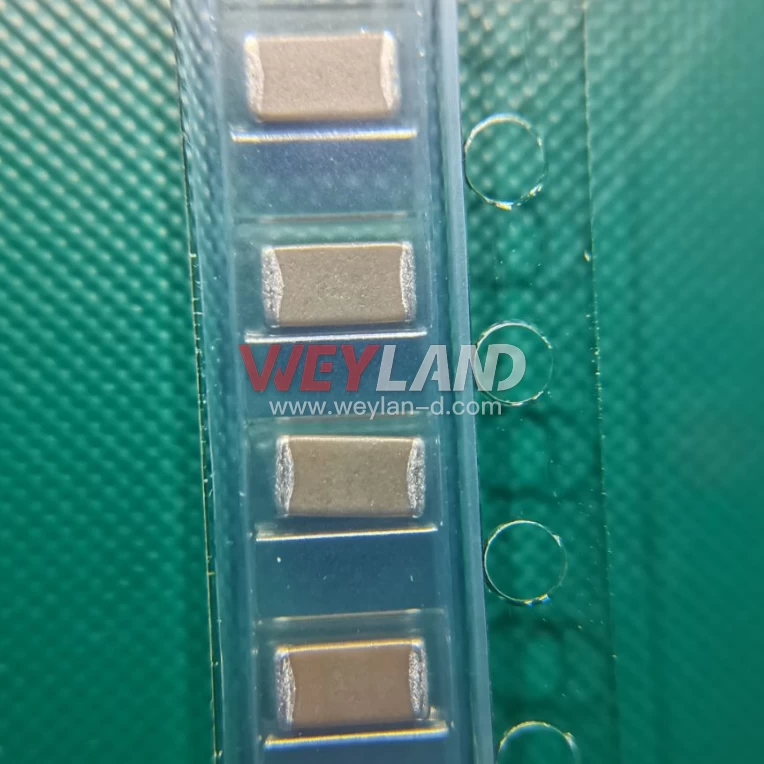
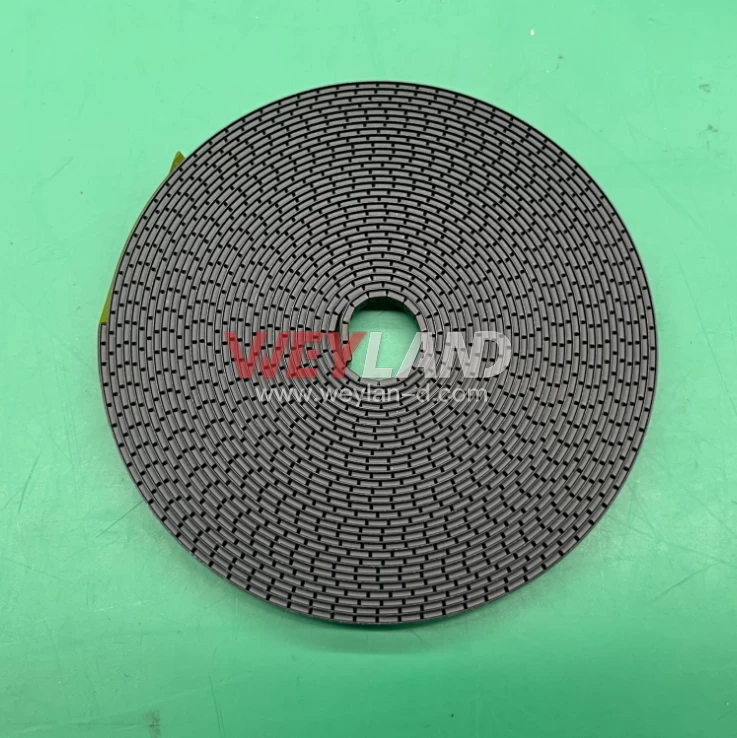
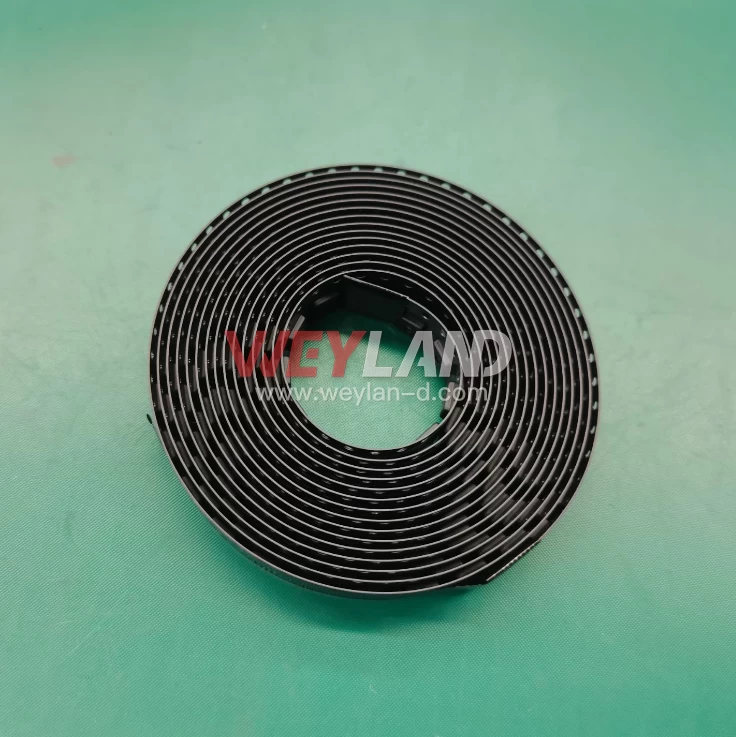

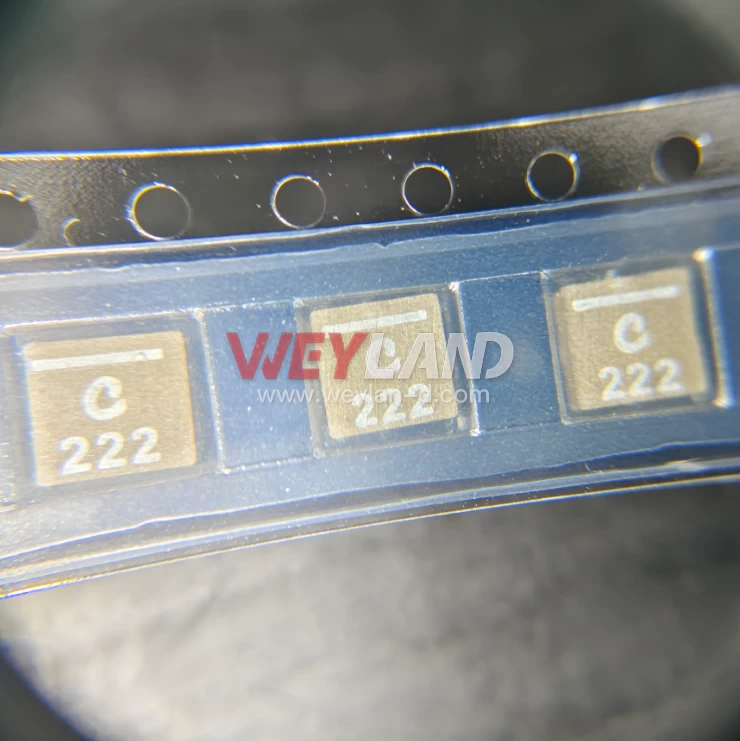
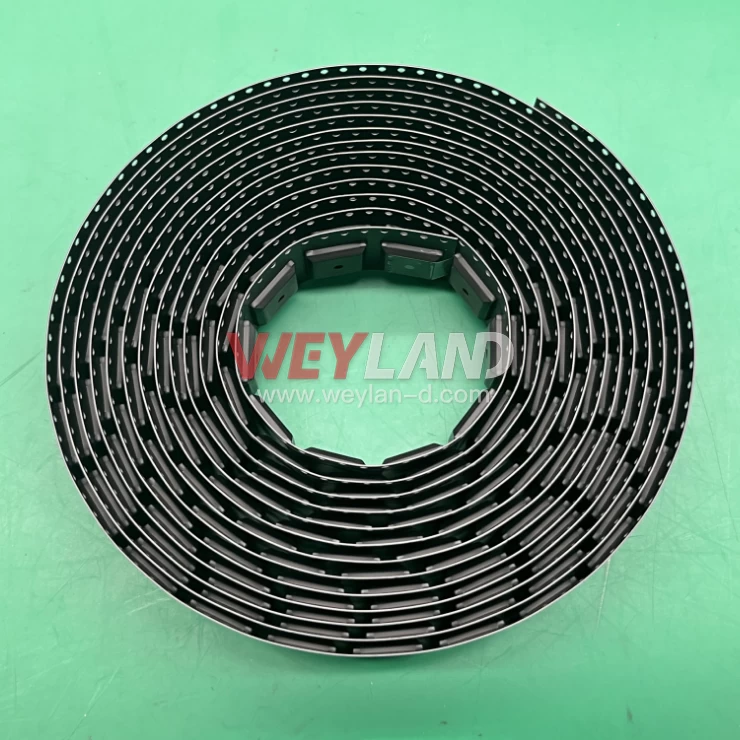
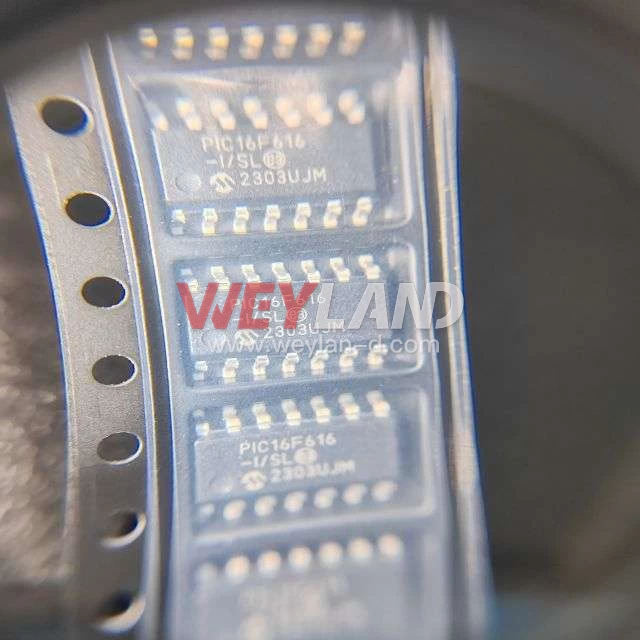

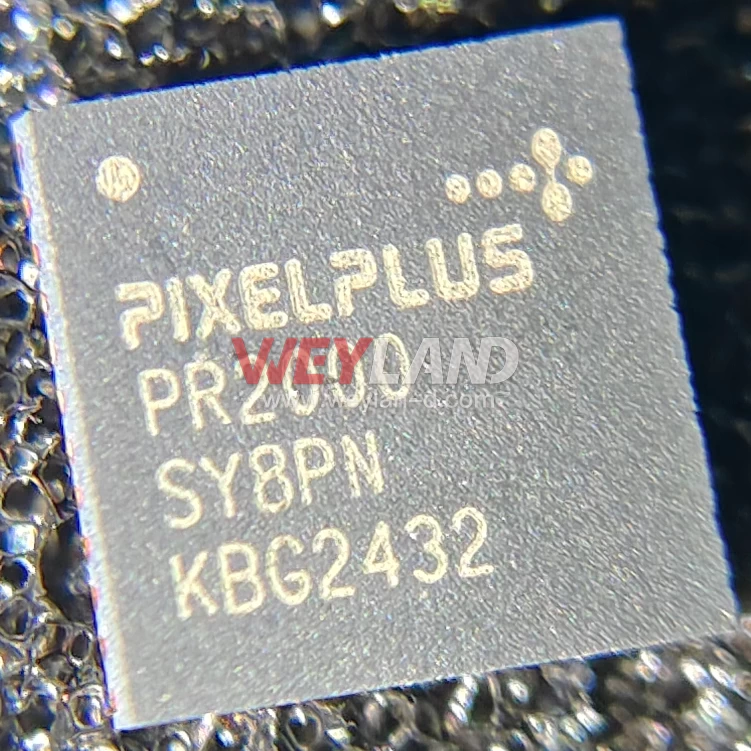
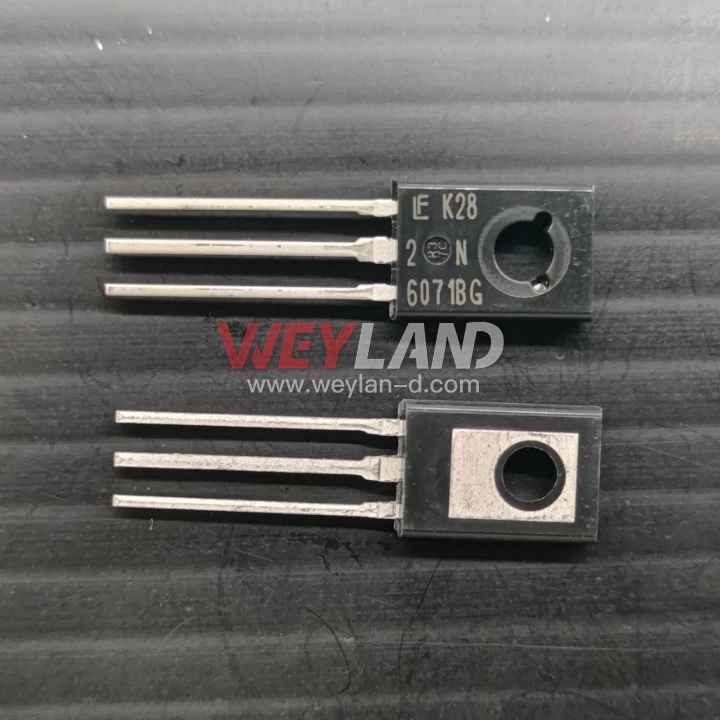
.9246509.png)












[email protected]
7500A BEACH ROAD #04-307 THE PLAZA SINGAPORE (199591)
RM 705.7/F.FA YUEN COMM BLDGNO.75-77.FA YUEN STREET.MONGKOK.KLN.HONG KONG
